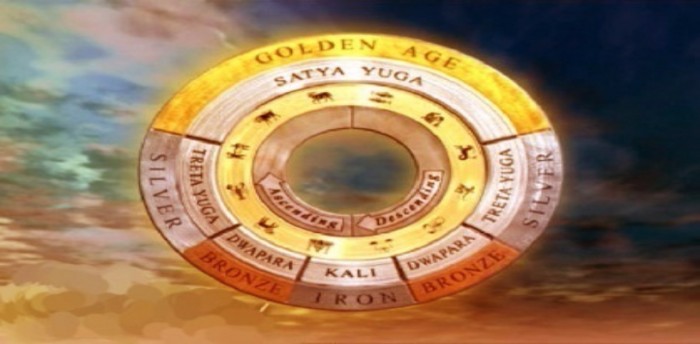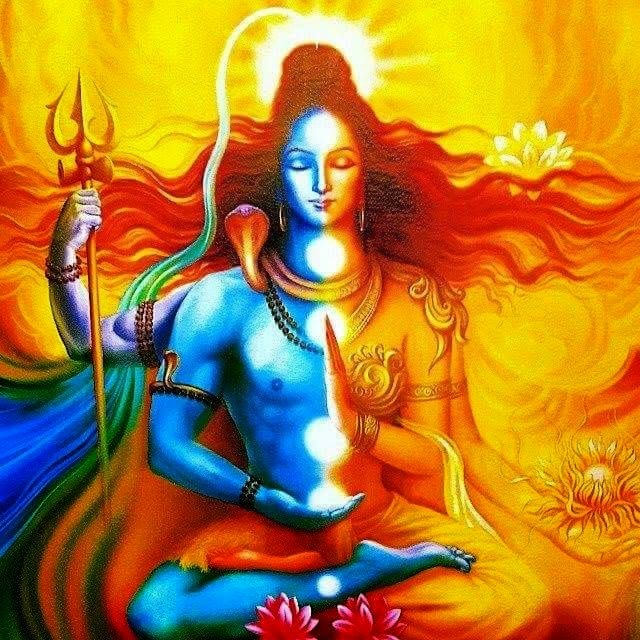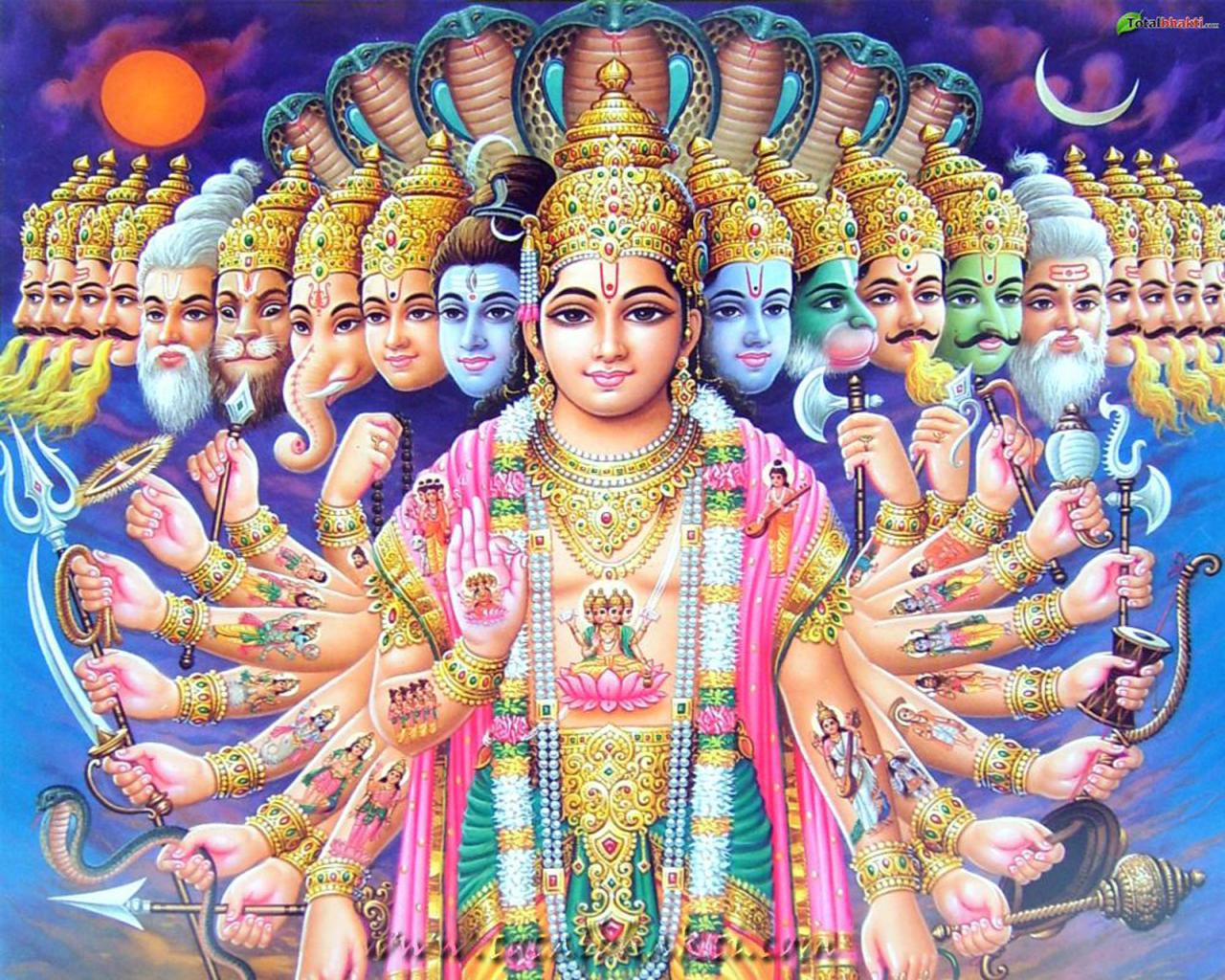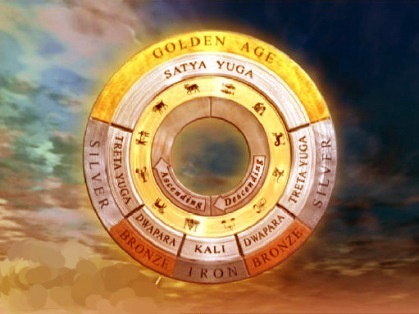10 Lesser Known Facts About Vedic Culture
Knowledge is power. Having more knowledge opens doors to better opportunities and unexplored paths. Gaining wisdom and knowledg...

Knowledge is power. Having more knowledge opens doors to better opportunities and unexplored paths. Gaining wisdom and knowledge from religions and religious texts is an age-old practice. No matter what religion you believe in, almost all religions preach non-violence and truth.
Modern Hinduism is a precursor to Vedic culture. ‘Vedic culture’ basically refers to the society formed during the Vedic age — the age in which the oldest scriptures of Hinduism ‘Vedas’ were written. More popularly known as Hinduism, it constitutes different customs, ideas, and life philosophies.
Vedic culture formed the basis of Hinduism and the associated Indian culture. The true essence of Vedic culture can be understood from its motto “Simple living and high thinking.”
Here are 10 lesser-known facts about Vedic culture you might not know.
1. The fundamental book ‘Rig Veda’ was written more than 3,800 years ago

Hinduism happens to be the oldest religion which continues to be relevant in today’s times. The foundational scripture ‘Rig Veda’ is one of the most archaic texts composed 3,800 years ago.
2. Hindu sacred texts are organized into five strata

The Hindu scriptures are classified into Upanishads (spirituality and abstract philosophy), Puranas (legends about Hindu deities), Vedas (poems written in multiple levels which go deeper into the cosmic universe), Brahmanas (commentaries for Vedic hymns and speculations about natural phenomena), Aranyakas (philosophy behind ritual sacrifices), and Itihasas (texts on “historical” events).
3. Vedas are written in Vedic Sanskrit- the mother of all world languages

Vedas, the collection of ancient sacred texts, are written in Vedic Sanskrit (different from conventional Sanskrit). Vedic Sanskrit is the ancient language which is considered the mother of all languages in the world.
4. Rig Veda was verbally recited for over 3,500 years without any major discrepancies

Besides written form, Rig Veda was passed through speech for more than 3,500 years without facing any major conflicts or loss in quality/content. Being such a major body of work, its verbal passing is a huge achievement.
5. Rig Veda talks of 33 main gods

The holiest body of work in Vedic culture ‘Rig Veda’ mentions 33 main gods but none of those gods' worship prevails in a conventional manner.
6. Both male and female Hindu gods are worshiped with equal respect

In Hinduism, both male and female gods are worshiped with same reverence because god is considered both male and female or having neither.
7. Hinduism believes in one god but in multiple forms

The people have the privilege to choose the form they wish to follow.
8. Number ‘108’ is considered holy and auspicious

This is the reason why the sacred garlands consist of 108 beads. 108 is the ratio of the distance between sun to Earth and moon to Earth.
9. Hinduism believes the time to be cyclical instead of linear

It divides time in four yugas or ages namely the Satya yuga (golden age), Treta yuga, Dwapara yuga and Kali yuga.
10. The life’s ultimate goal in Hinduism is attaining moksha or salvation

A human being should practice self-realization and gain freedom from the cycle of death and rebirth.
Popular Posts
10 Worst Modern Arts Ever That Sold For Millions
Modern art is known for having many hidden masks inside it which is hard to reveal but has a great significant meaning to understand. These artifacts enhance the beauty of the place many folds.
Kimberly Campbell
10 Facts About Angry Indian Goddess Maa Kali
Kali death mother is known for her victory over darkness according to Hindu mythology. She is ferocious and most powerful deity known for her violence and aggression which she utilizes against evil forces to bring peace back to earth.
Ethan Stephans
7 Scientific Facts About Lord Shiva - The Destroyer Of The World
When it comes to religion and god, people often mistake the whole arrangement as some magical experience, but in reality symboli...
Aaditya M








